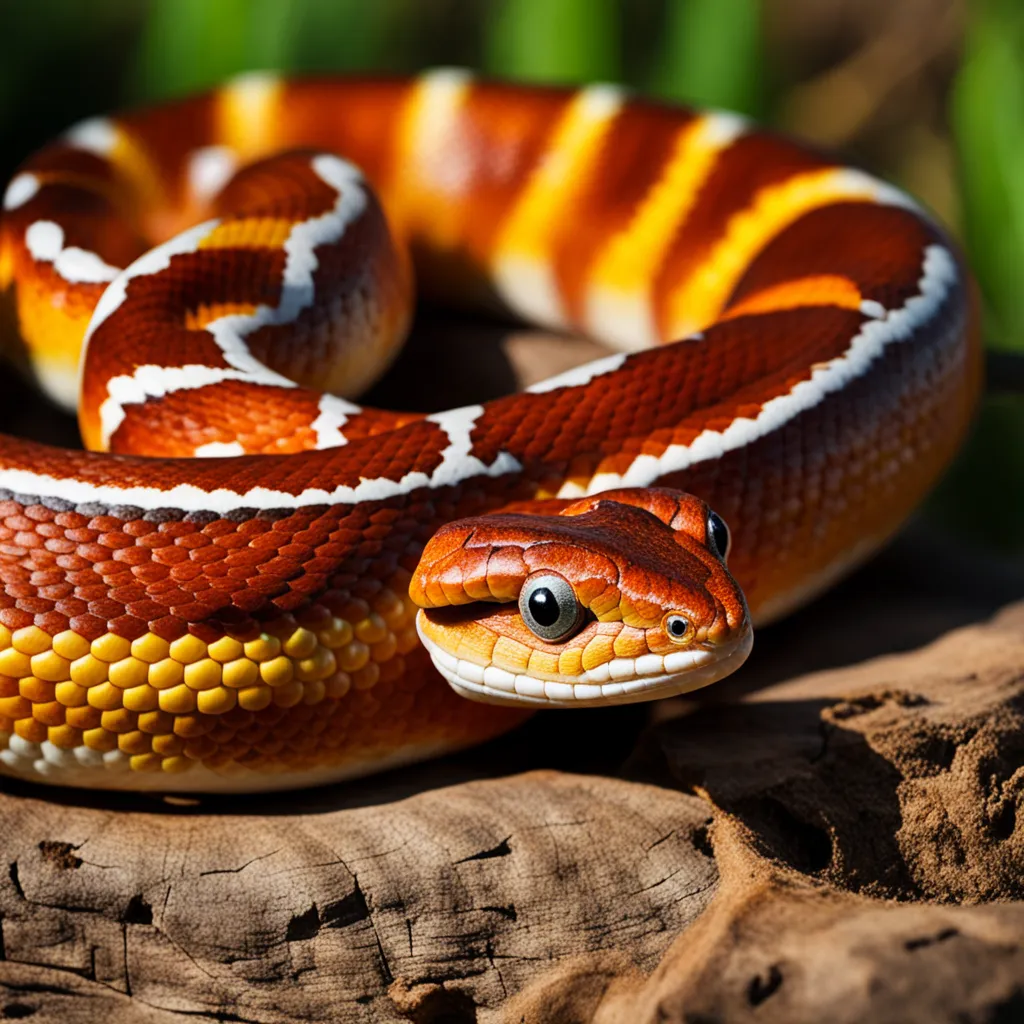How to Feed a Corn Snake: Essential Tips for Proper Nutrition
How to Feed a Corn Snake: Essential Tips for Proper Nutrition
Corn snakes are popular pets known for their docile nature and relatively easy care, making them a great choice for beginner snake owners. A crucial aspect of caring for a corn snake is providing proper nutrition. This guide will walk you through how to feed a corn snake, ensuring that your slithery friend stays healthy and happy.

Understanding Corn Snake Diet
Corn snakes are carnivores and in the wild, their diet primarily consists of small rodents. In captivity, their diet should mimic this as closely as possible.
Steps to Feed Your Corn Snake
- Choose the Right Food: The ideal food for corn snakes is mice or small rats. The size of the prey should be in proportion to the snake’s size. A good rule of thumb is to choose a rodent that is about the same size or slightly larger than the snake’s head.
- Frozen vs. Live Prey: Feeding frozen-thawed prey is recommended over live prey. Live prey can harm the snake, and frozen rodents are more convenient and safer.
- Thawing Frozen Prey: Thaw frozen rodents at room temperature or in warm water. Never microwave them, as this can cause them to burst or cook unevenly.
- Feeding Frequency: Young corn snakes should be fed once every 5-7 days, while adult corn snakes can be fed once every 7-10 days. Overfeeding can lead to obesity and health issues.
- Offering the Prey: Use feeding tongs to offer the prey to your snake. Dangle the rodent in front of the snake to mimic live movement.
- Ensure a Safe Feeding Environment: Feed your snake in a separate container to avoid cage aggression, where the snake associates its habitat with feeding and may become more aggressive.
After Feeding Care
- Handling After Feeding: Avoid handling your corn snake for at least 48 hours after feeding to allow for proper digestion. Handling too soon can lead to regurgitation.
- Monitoring Health: Regularly monitor your snake’s weight and adjust the feeding schedule and portion size as needed.
FAQs
- Q: What if my corn snake refuses to eat?
- A: Snakes can sometimes refuse food due to stress, shedding, temperature fluctuations, or illness. If the refusal to eat continues, consult a veterinarian.
- Q: Can I feed my corn snake anything other than rodents?
- A: Rodents should be the primary diet for corn snakes. Occasional small birds or eggs can be offered, but these should not replace rodents.
- Q: How do I know if I’m overfeeding my corn snake?
- A: Signs of overfeeding include rapid weight gain and the appearance of fatty deposits. Reduce feeding frequency if you notice these signs.
- Q: Do corn snakes need water?
- A: Yes, always provide a bowl of fresh water for your corn snake to drink and soak in.

Conclusion
Feeding your corn snake correctly is essential for its health and longevity. By following these guidelines, you can ensure that your corn snake receives the nutrition it needs. Remember that every snake is different, and being attentive to its specific needs and behavior is key. With proper care and feeding, your corn snake will be a fascinating and rewarding pet for many years.